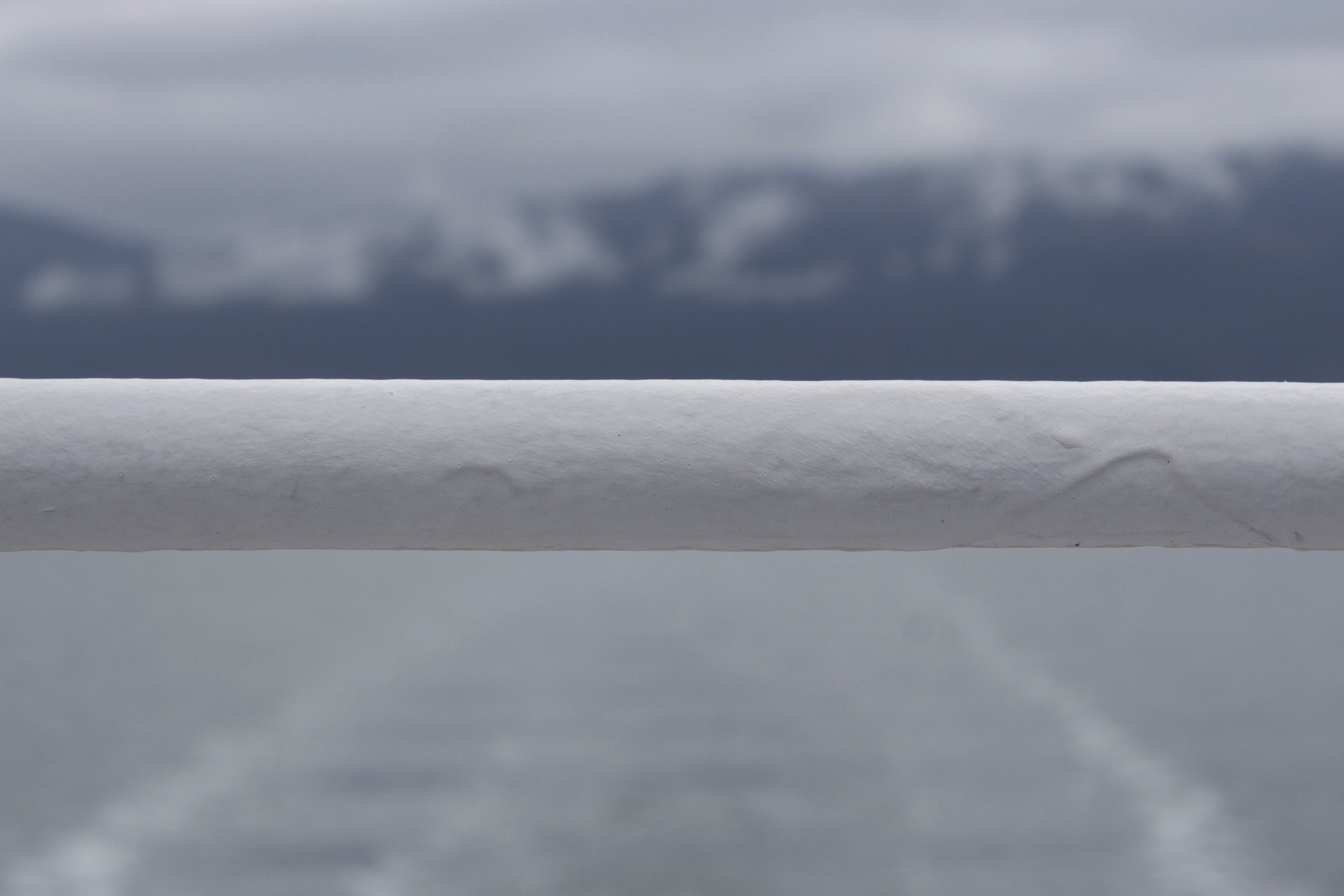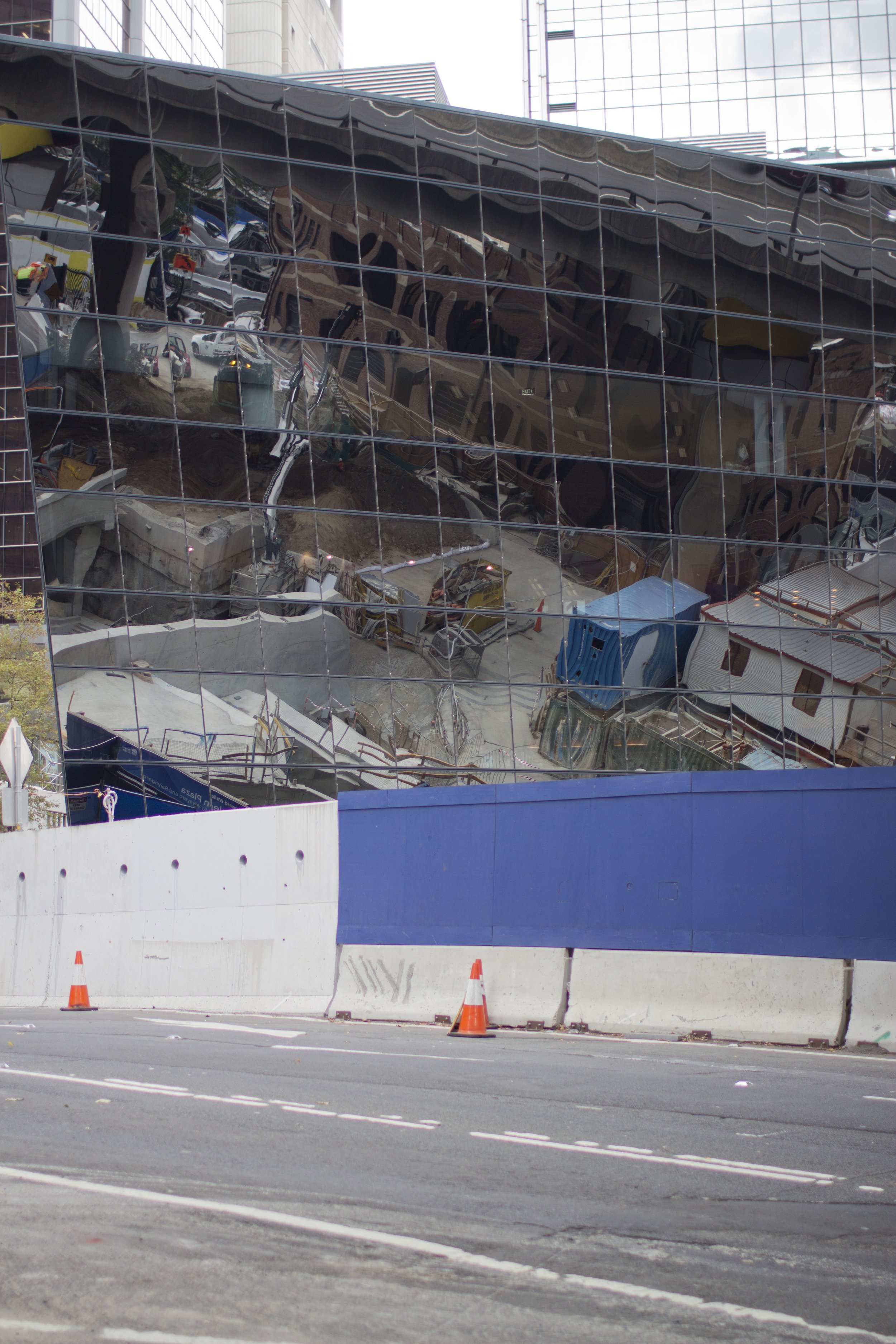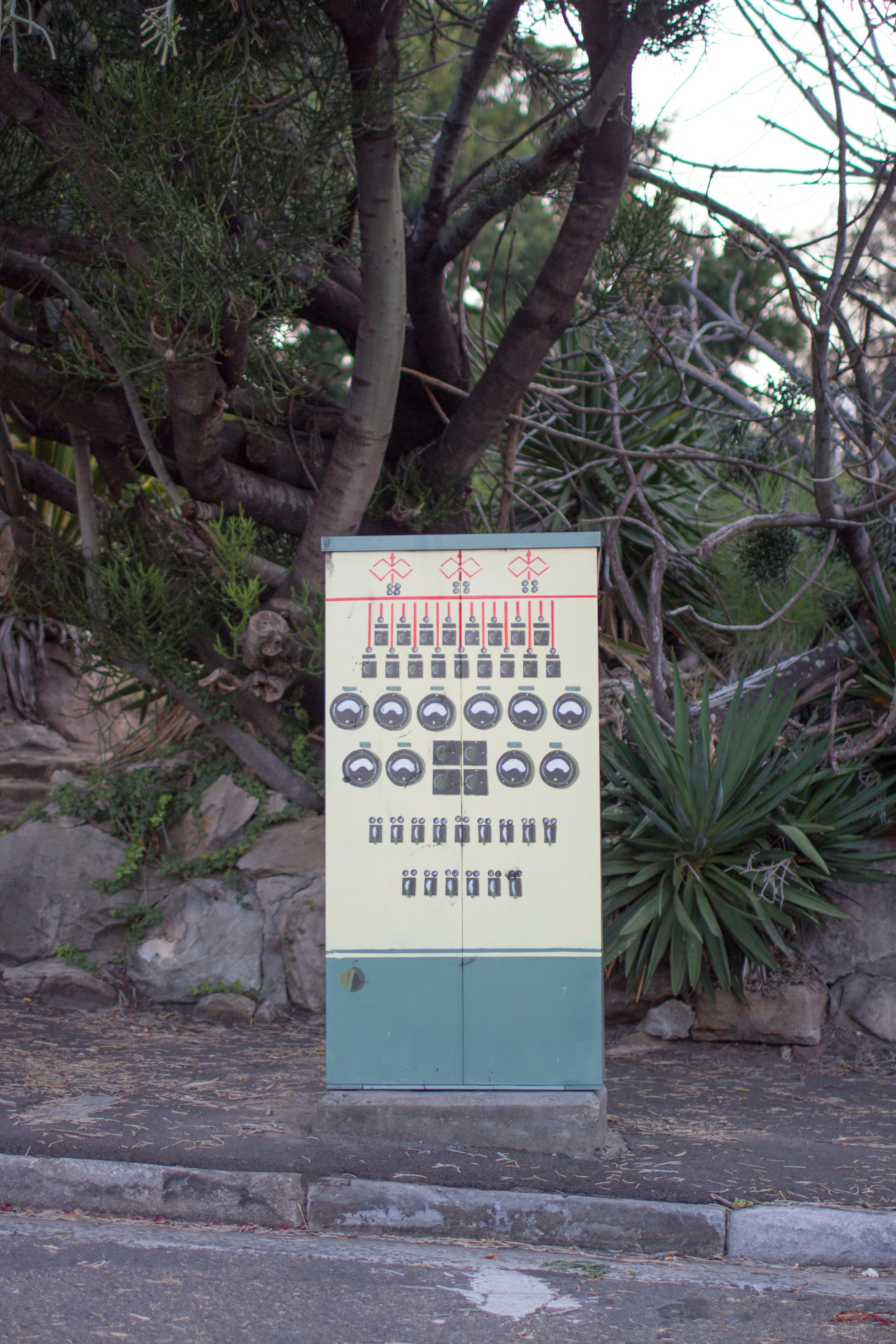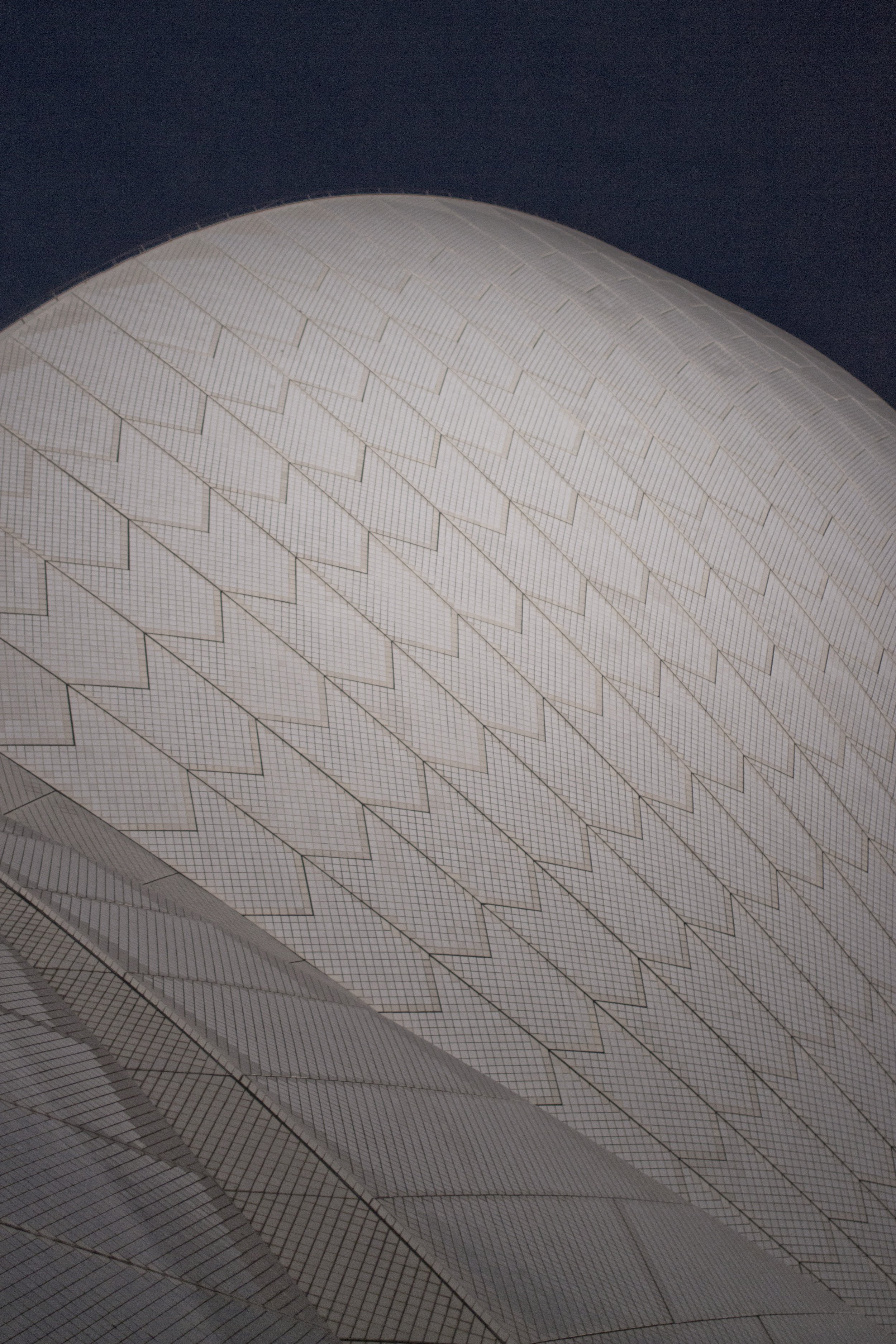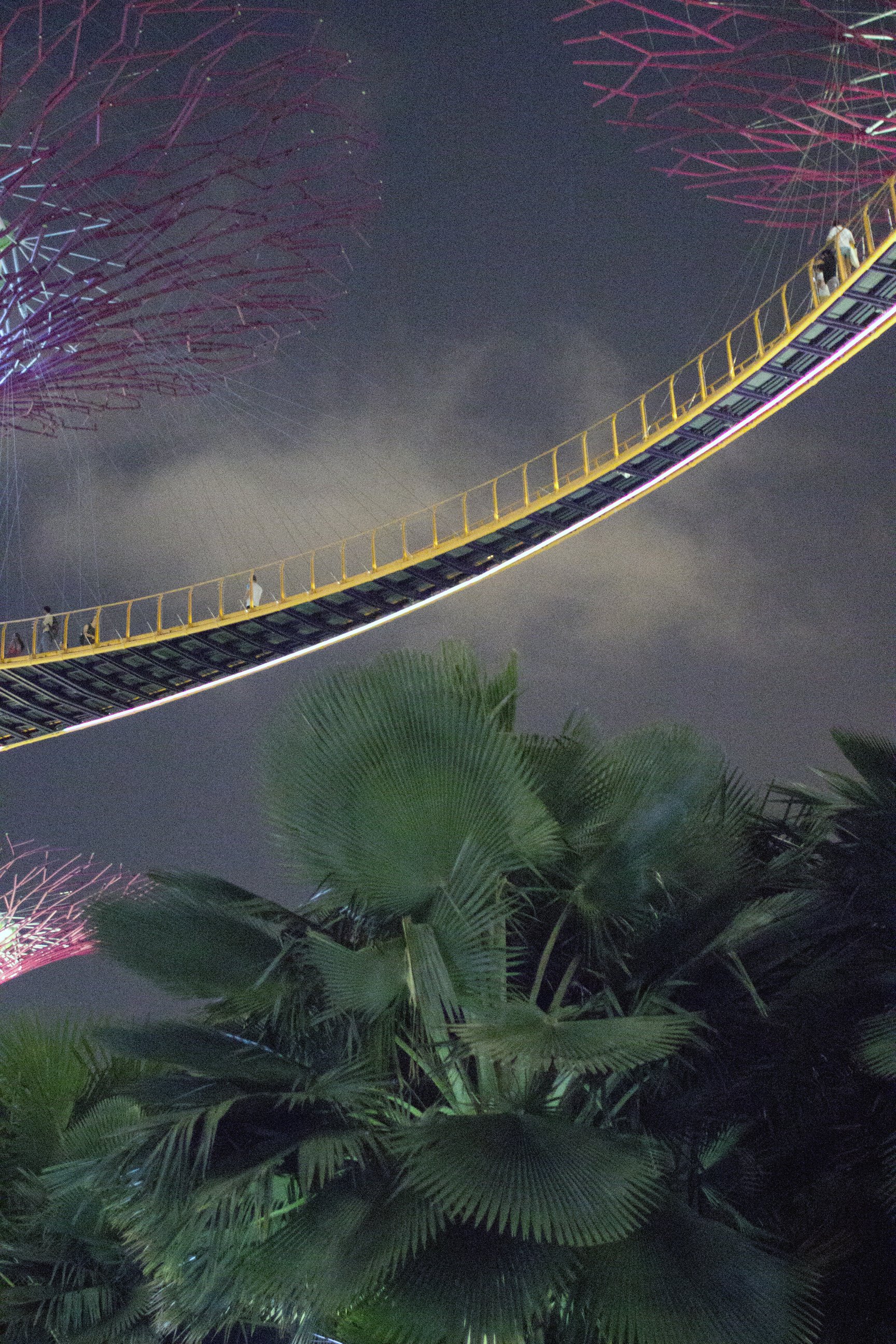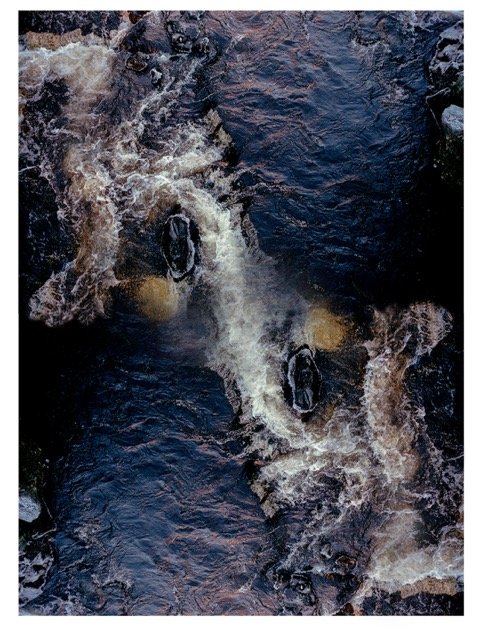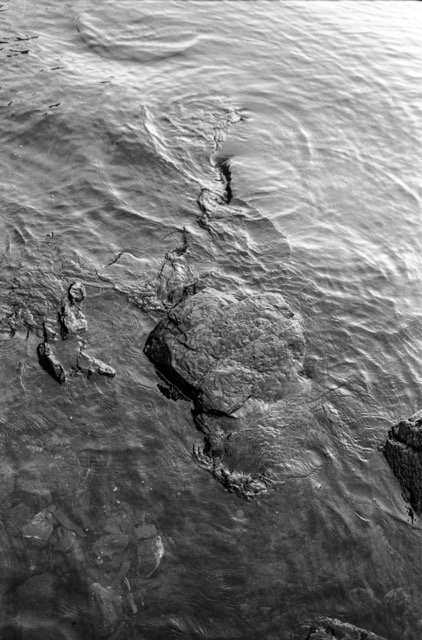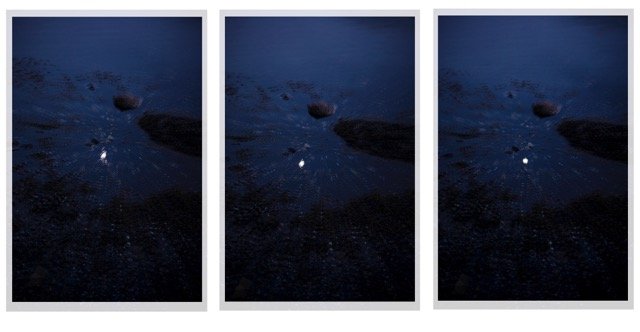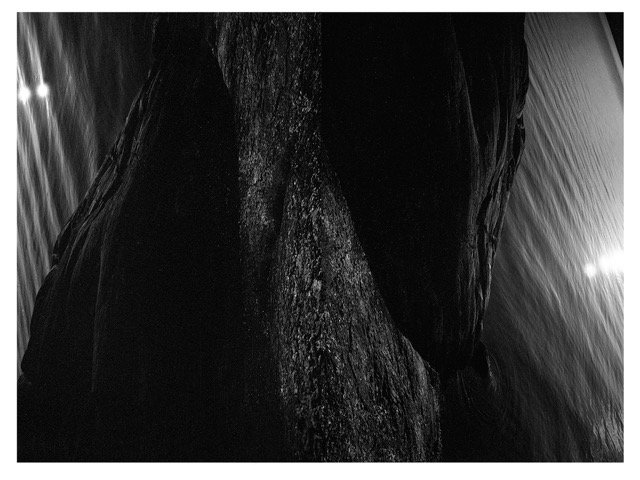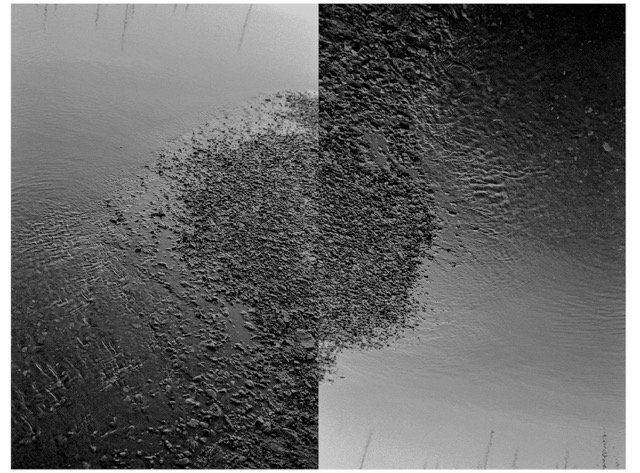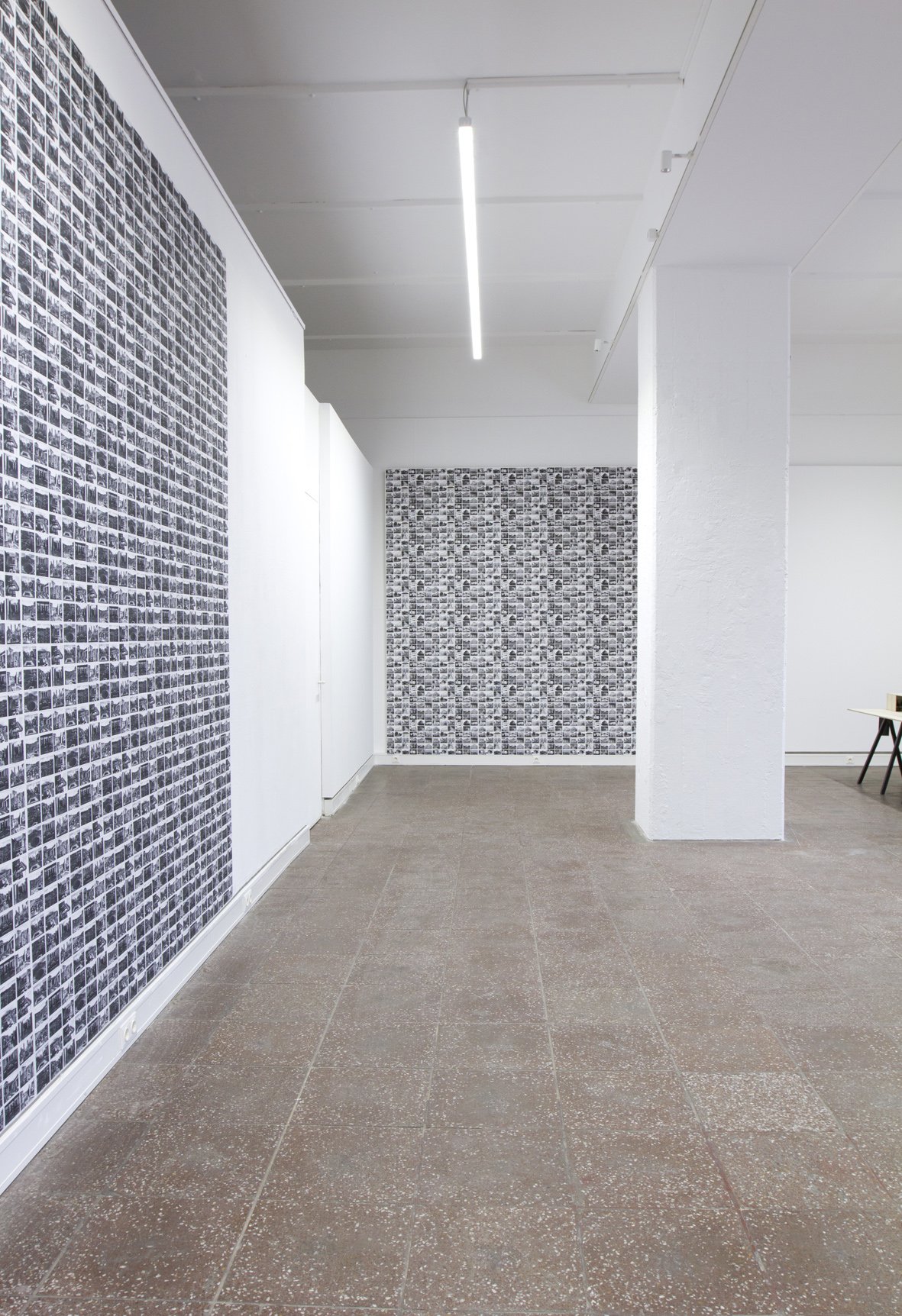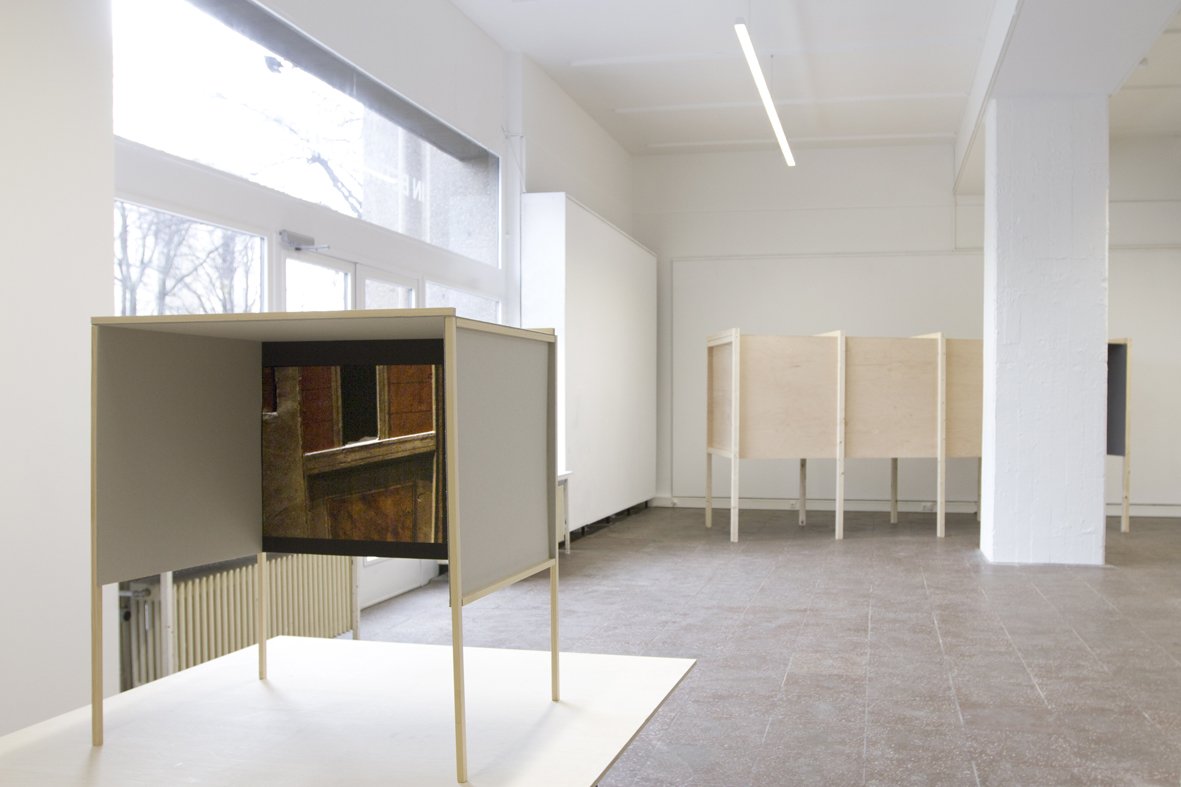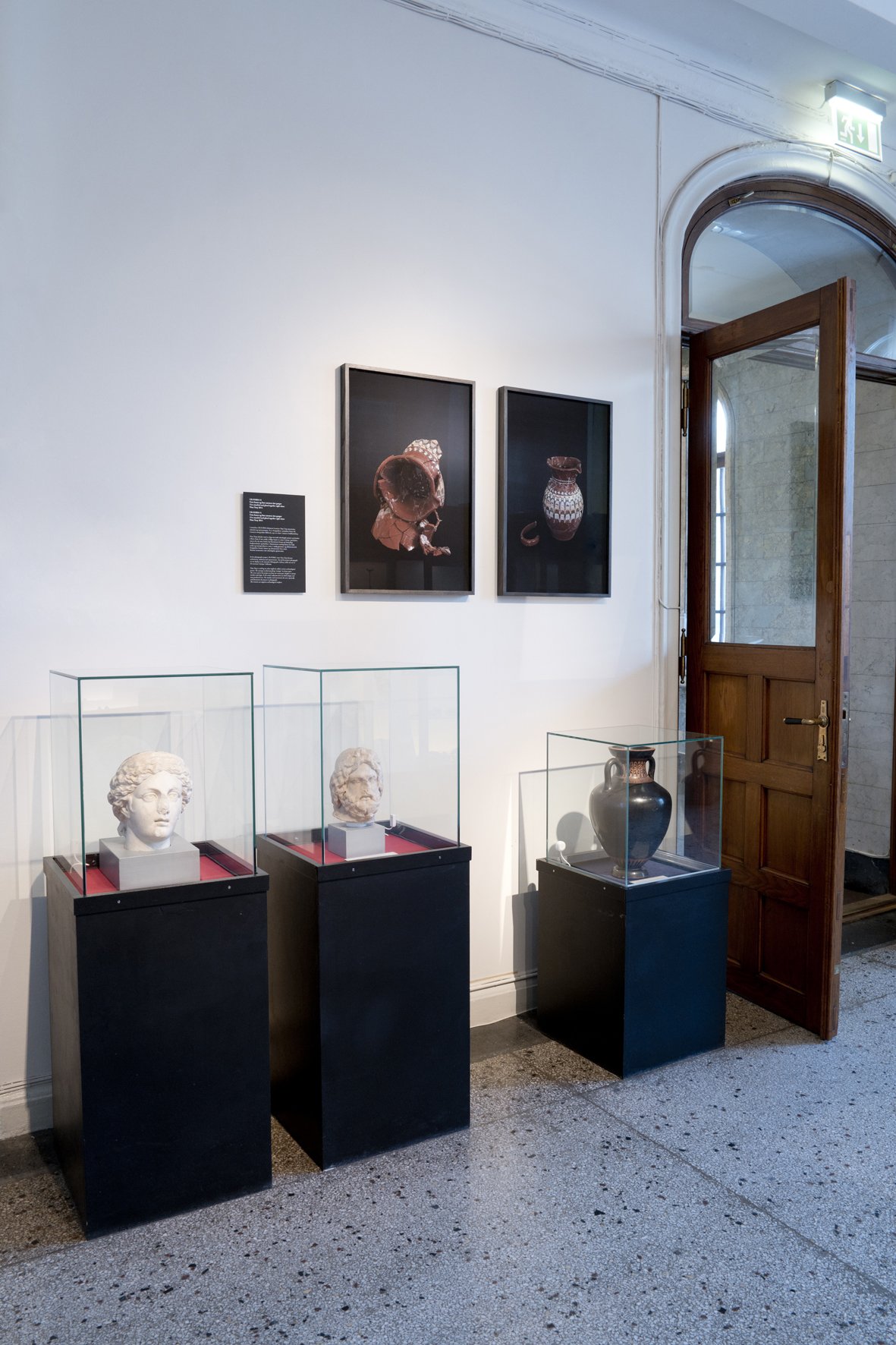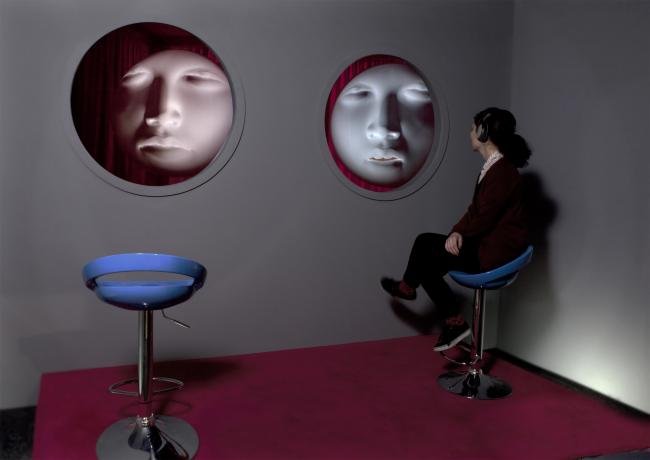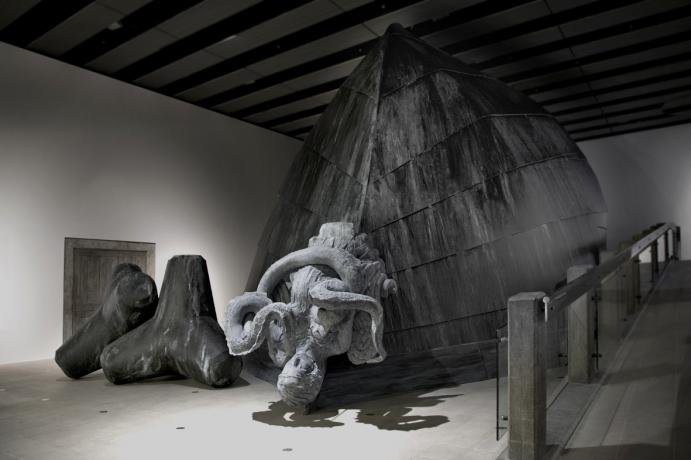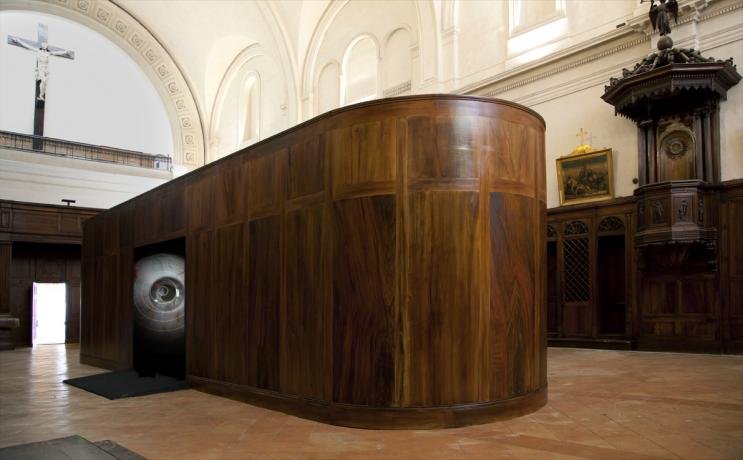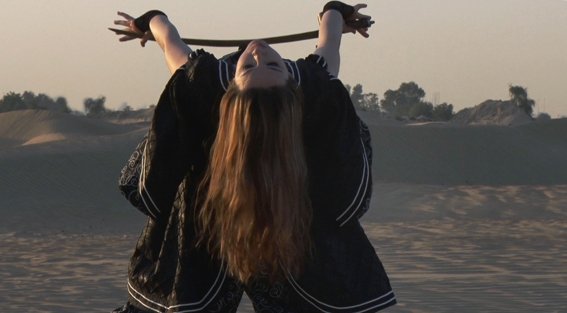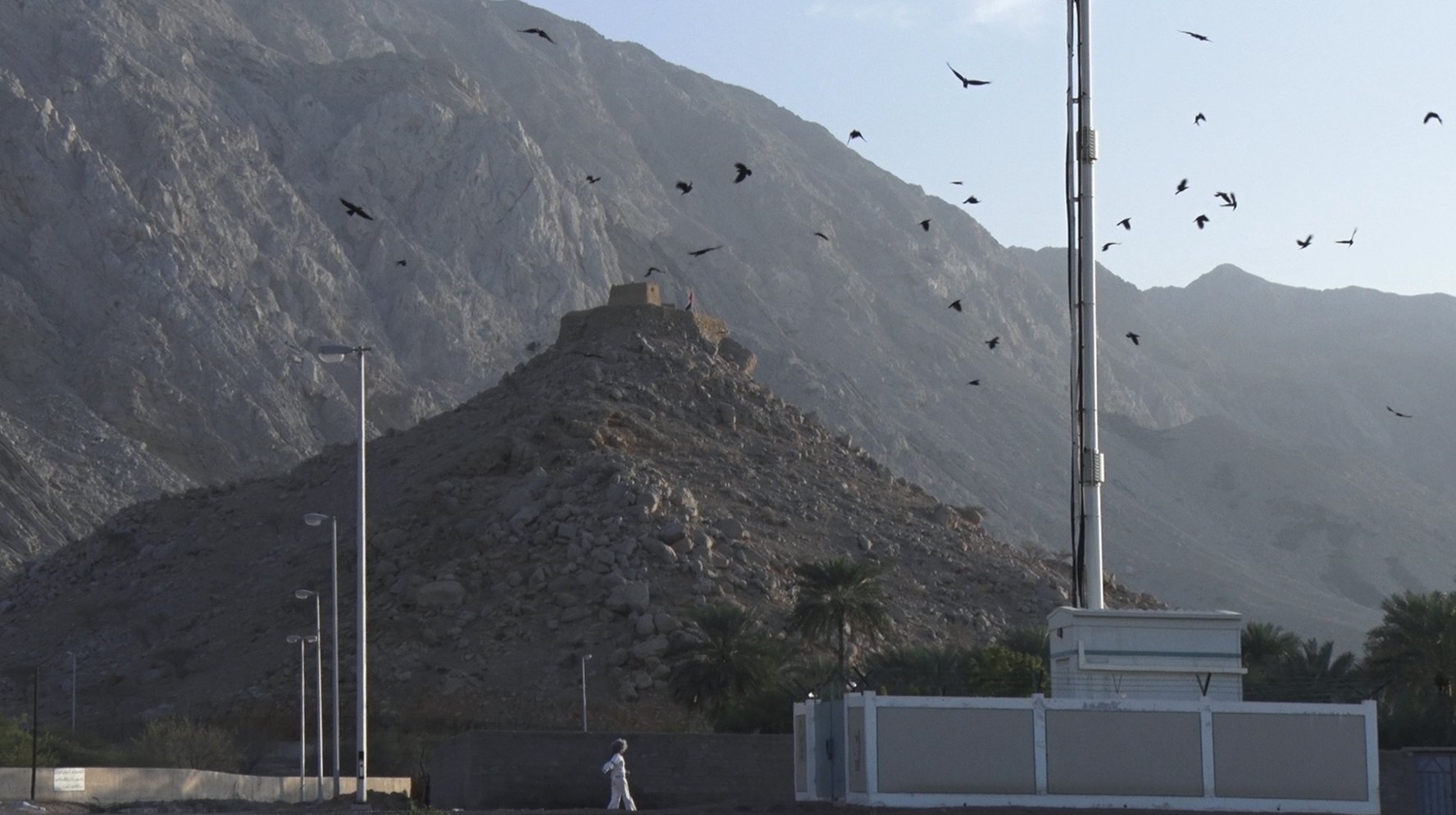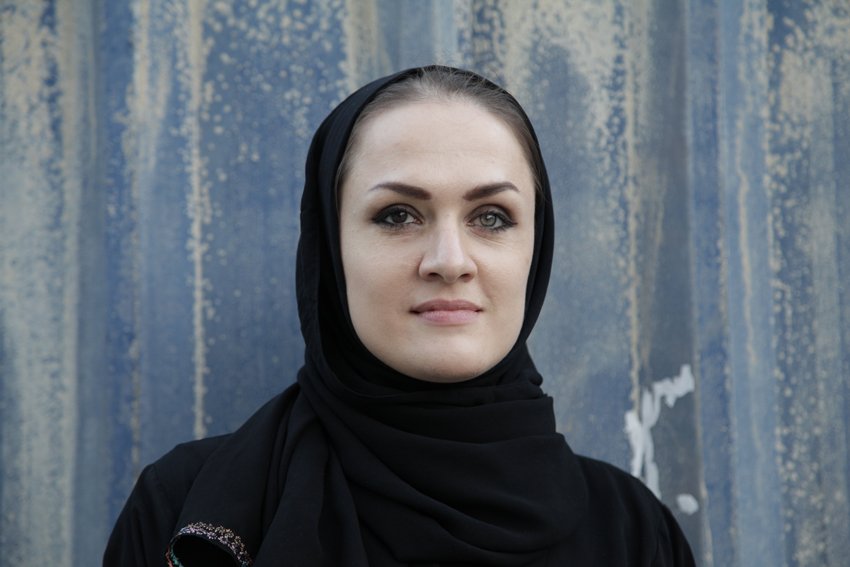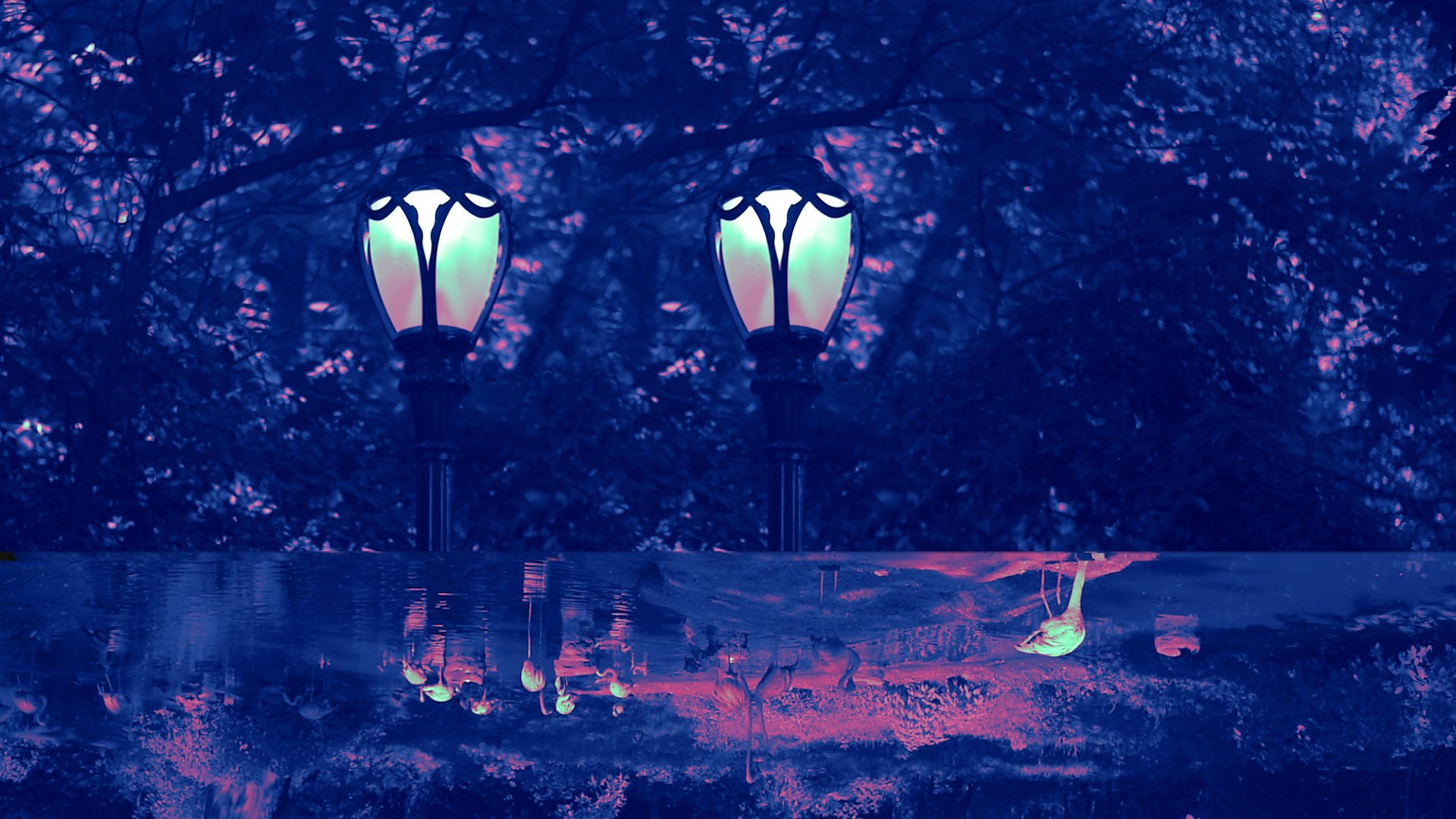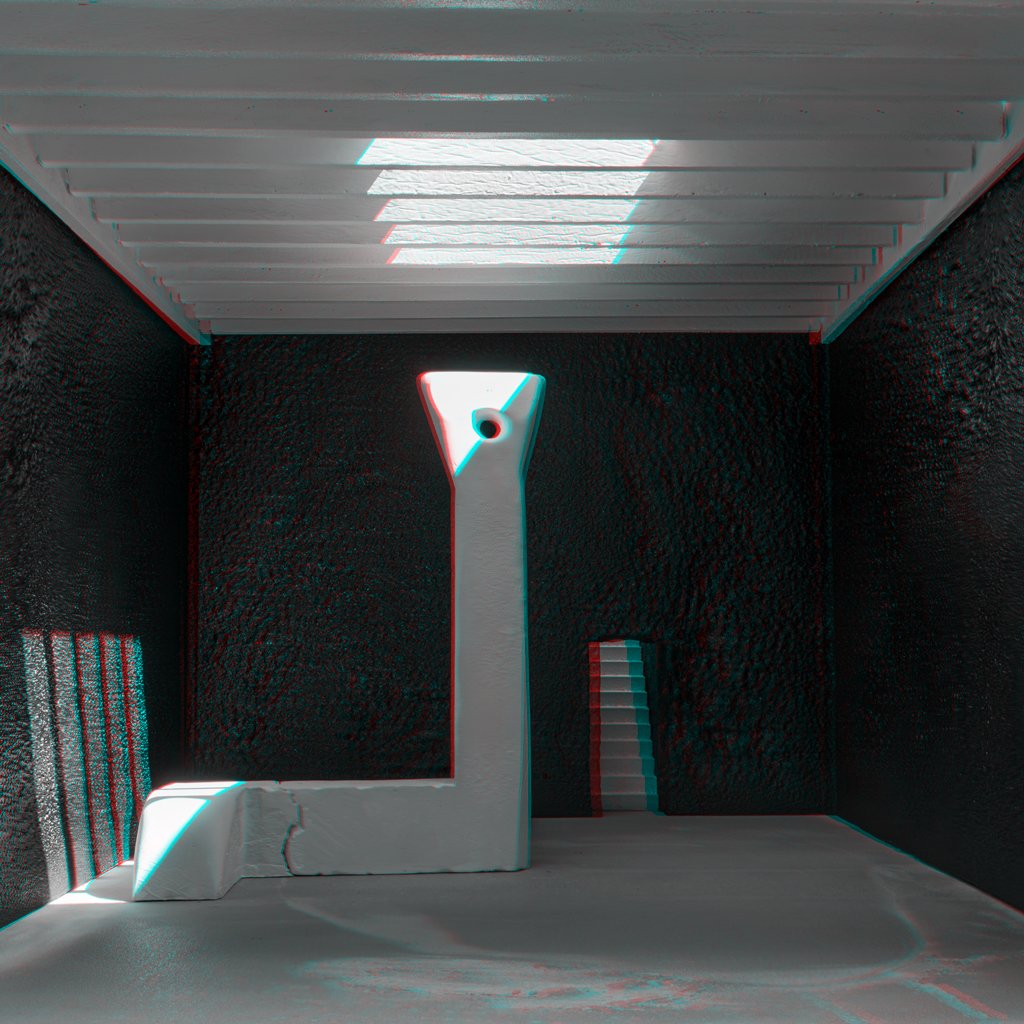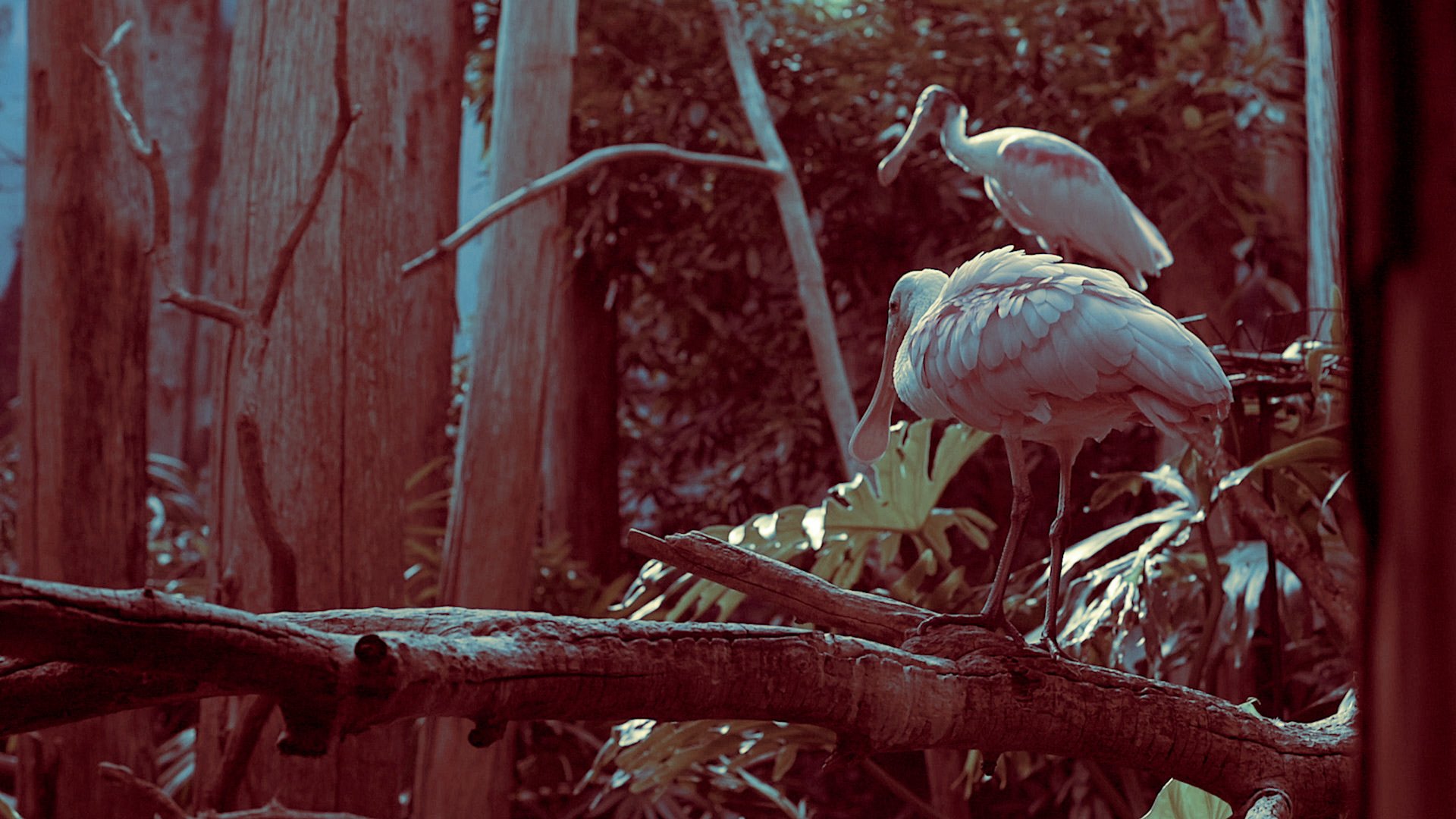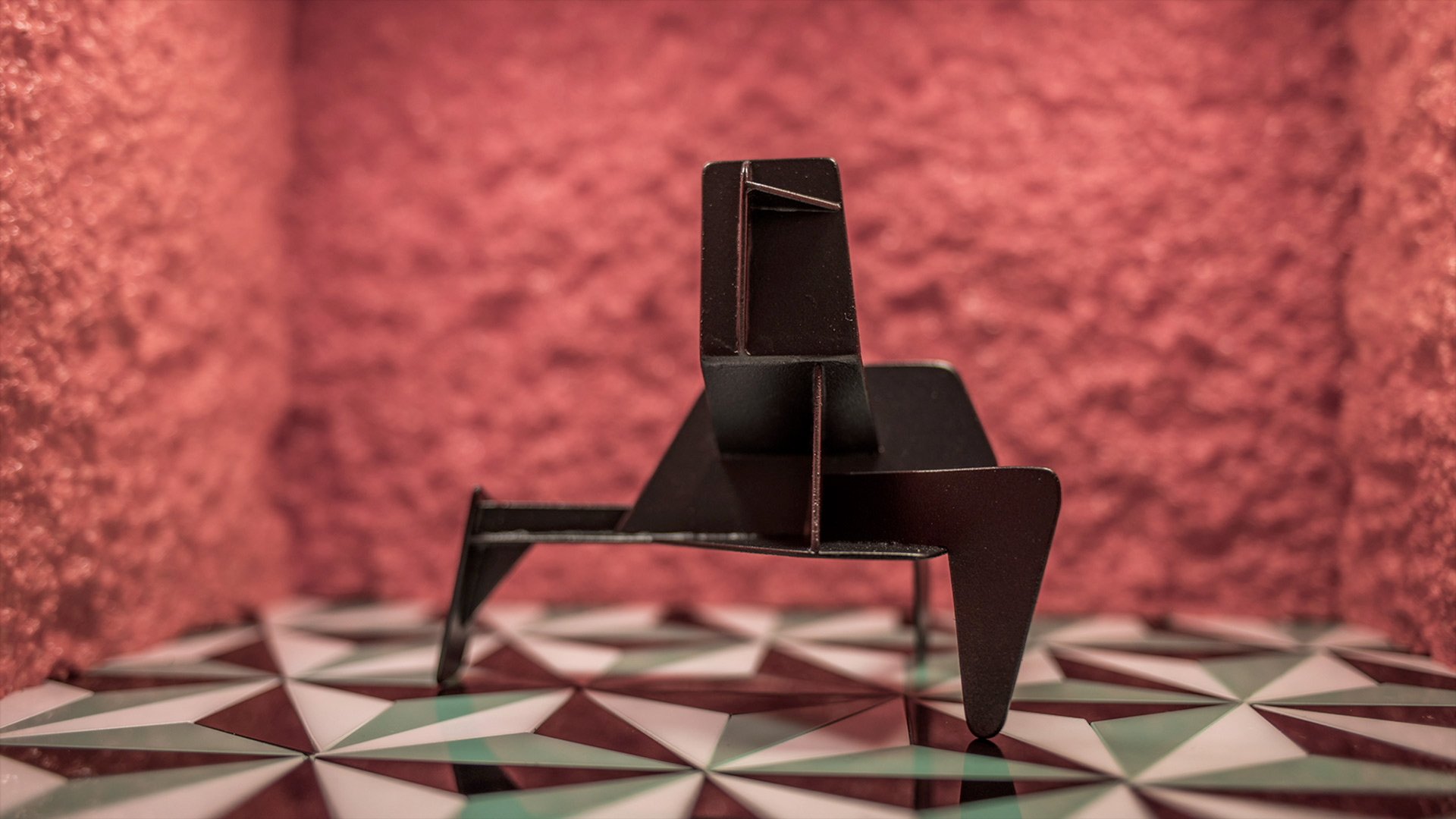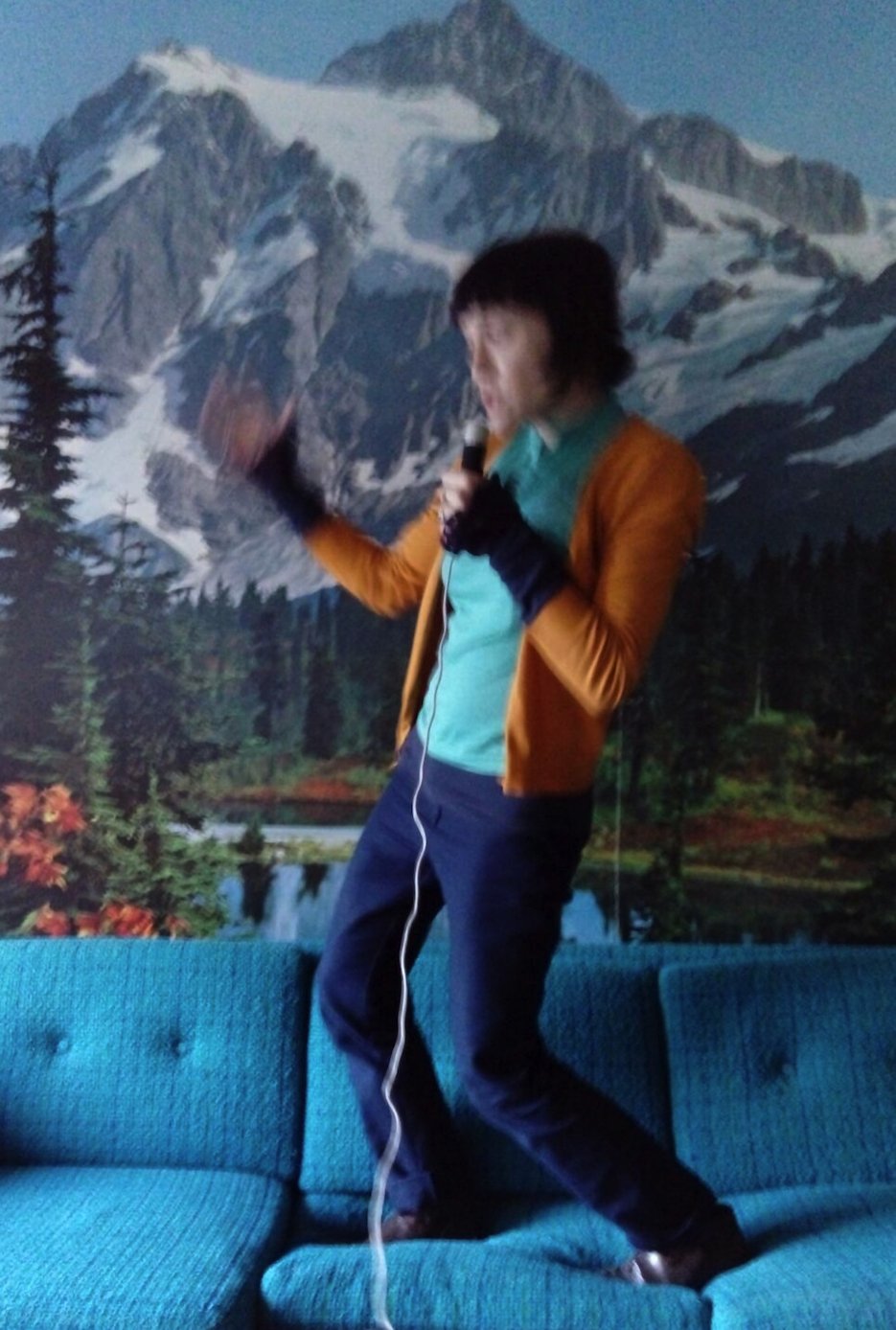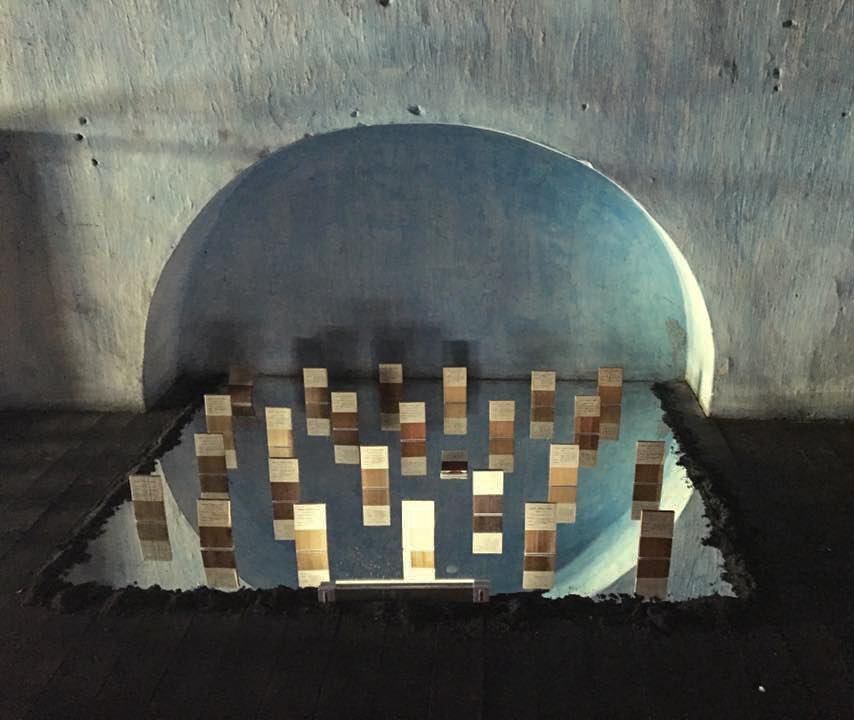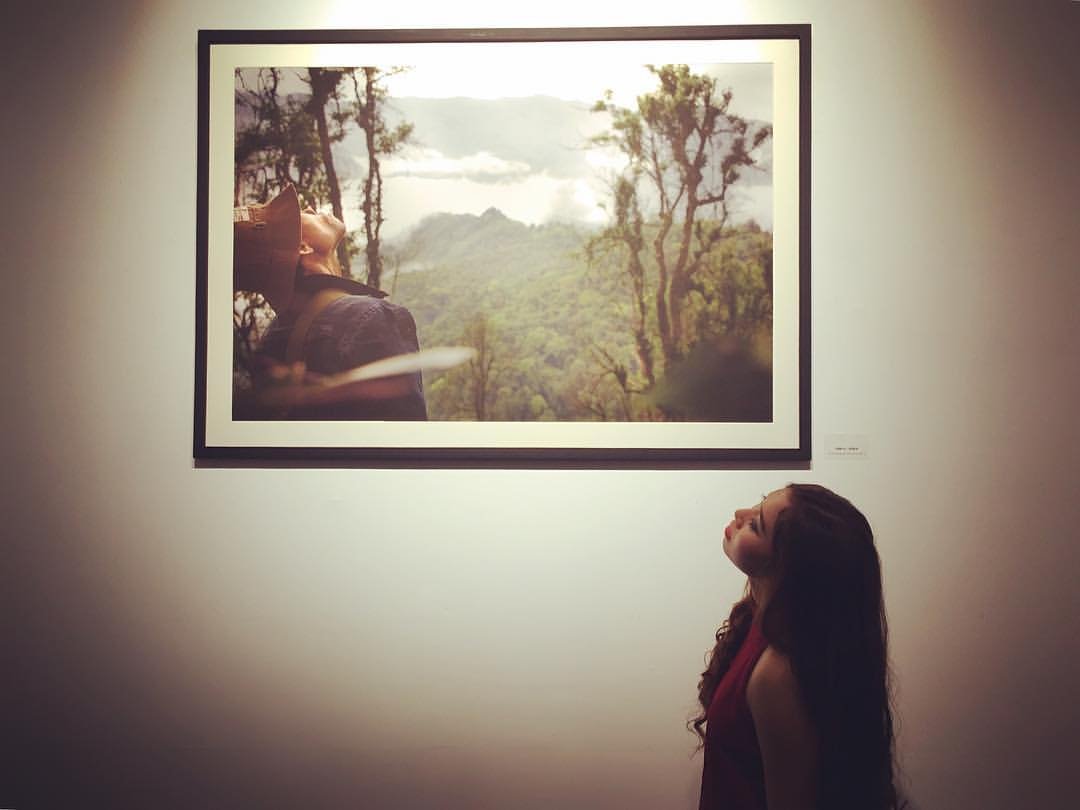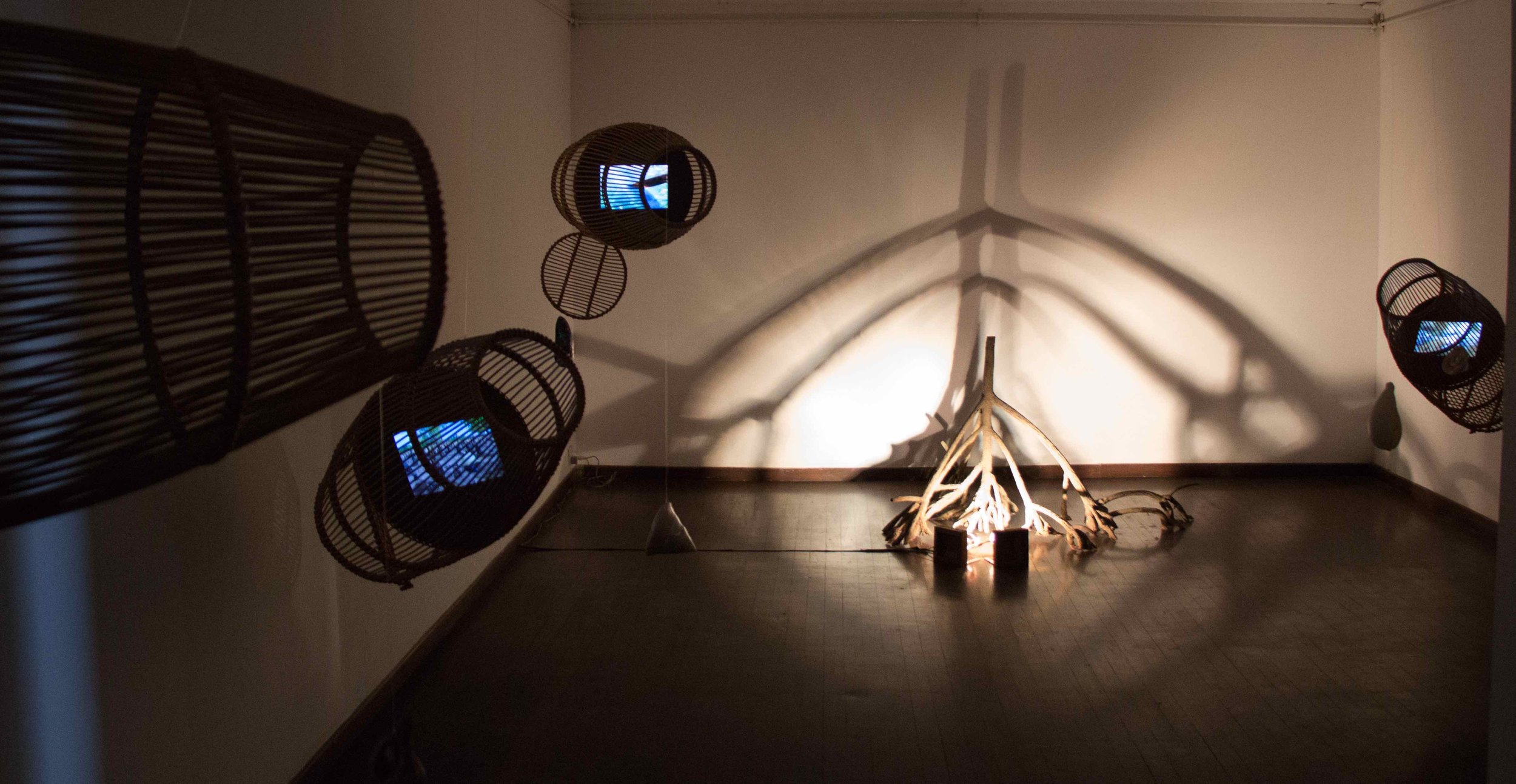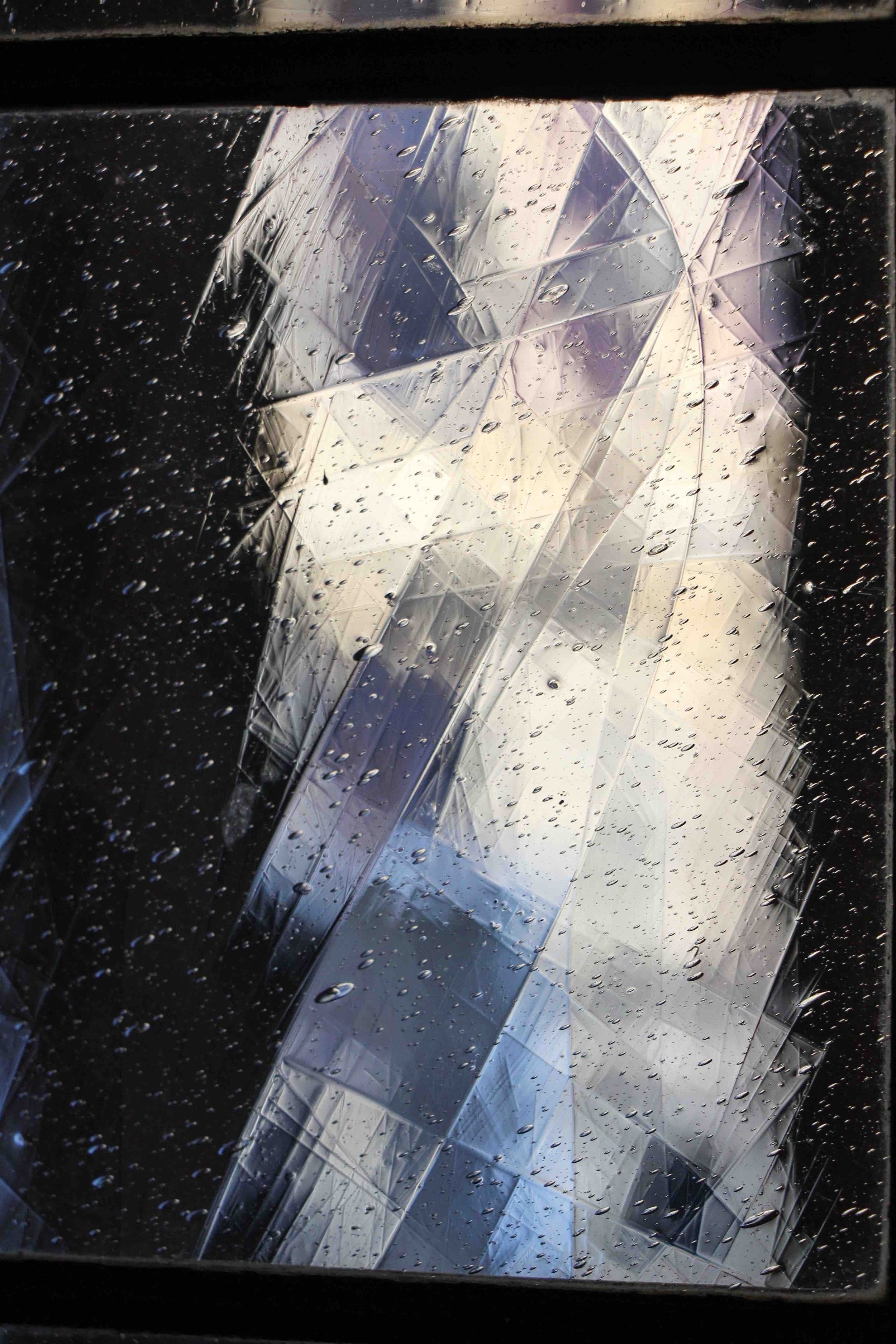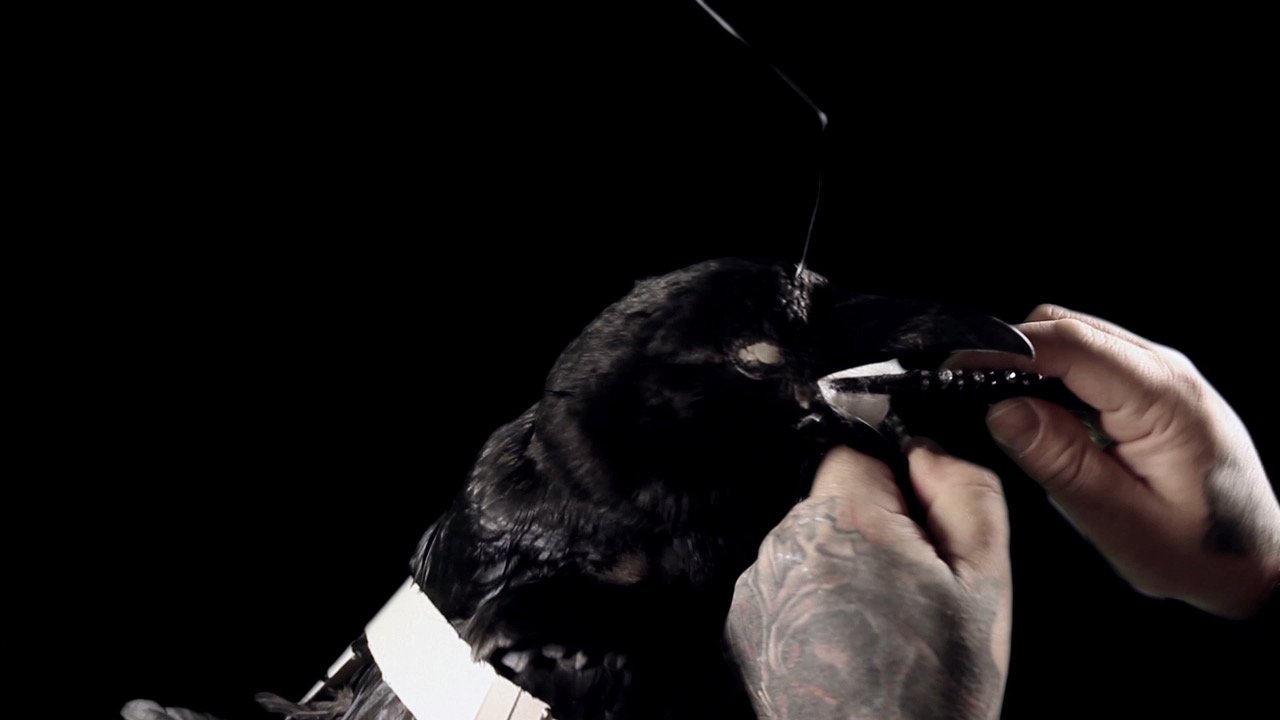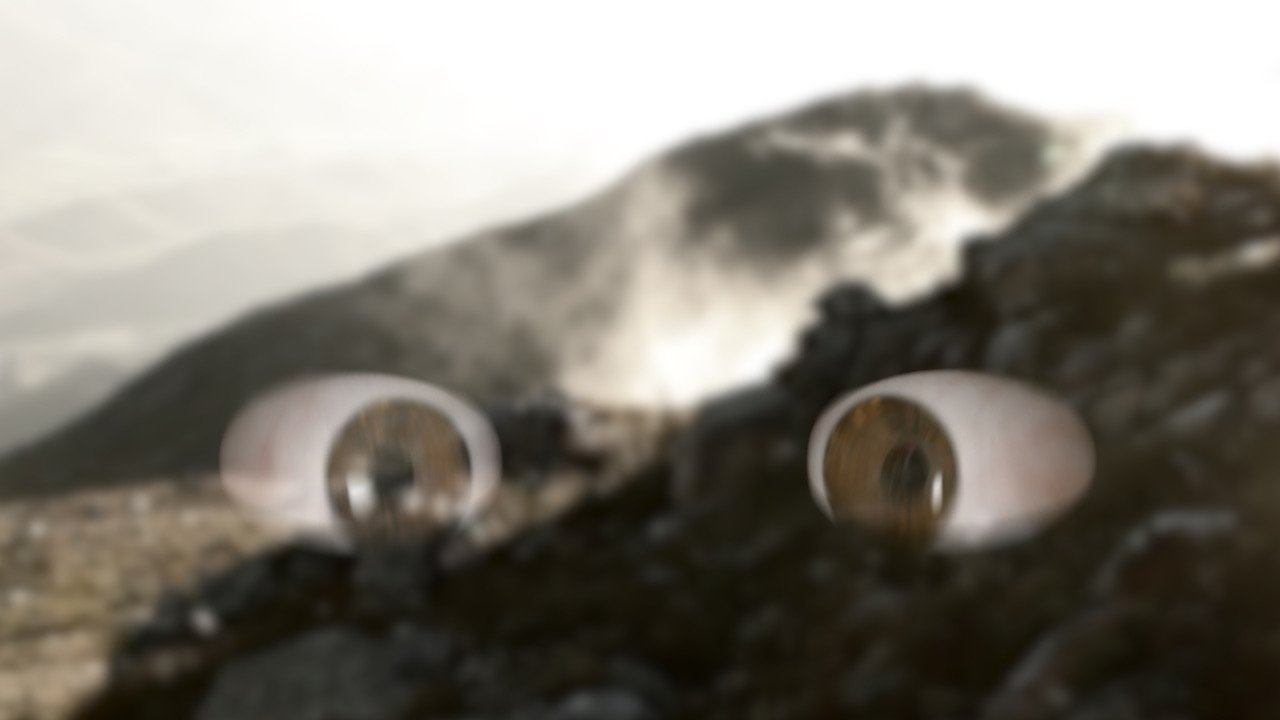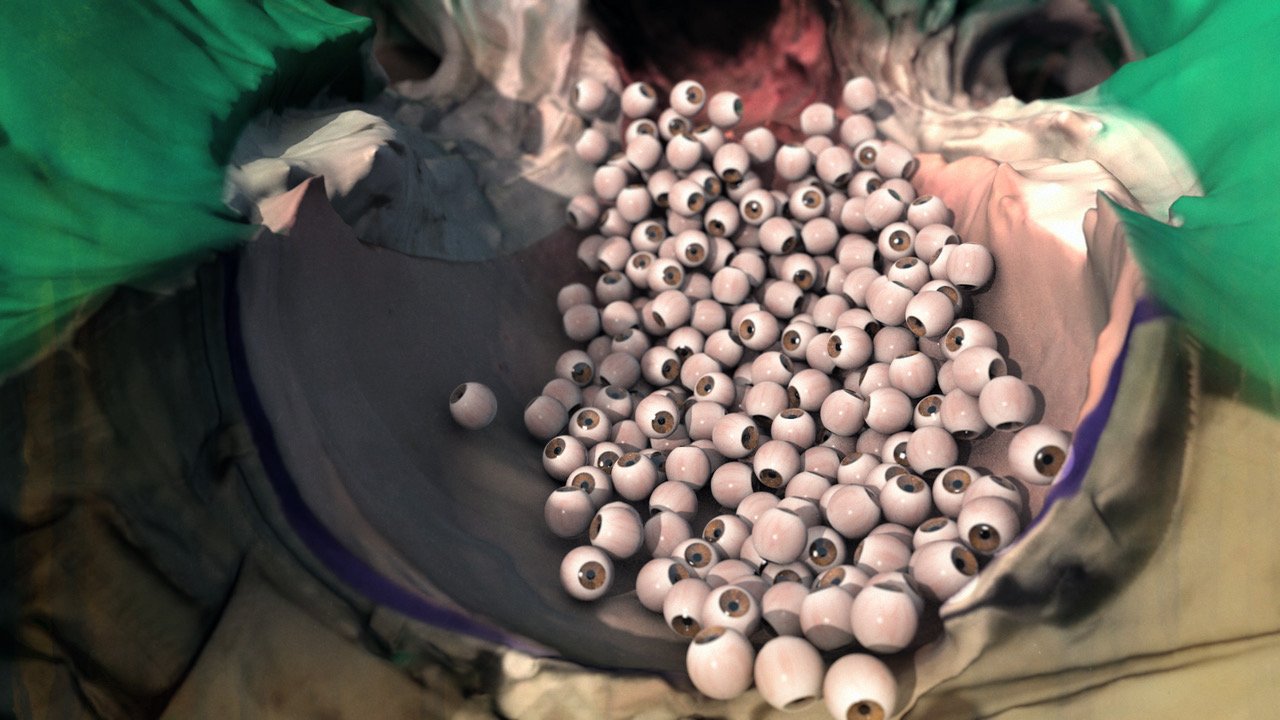Lindsay Seers works in London and lives on the Isle of Sheppey. She studied at the Slade School of Fine Art, University College London and at Goldsmiths College, University of London, where she now works as a lecturer on MA Fine Art. Her works are in a number of collections including Tate collection, Arts Council collection, Artangel collection and the collection of MONA, Tasmania. She has won several prestigious grants and awards such as the Sharjah Art Foundation Production Award, UAE; Le Jeu de Paume production award for the Toulouse Festival, France; the Paul Hamlyn Award; the Derek Jarman Award; AHRC Award; a number of Arts Council and British Council Awards in support of her works and she also received the Wingate Scholarship from The British School at Rome 2007/8.
She has shown her large scale works internationally at a number of museums and art centres including SMK (National Gallery of Denmark); Venice Biennale 2015; Hayward Gallery, UK; MONA, Tasmania; Bonniers Konsthall, Sweden; Smart Project Space, Amsterdam; Kiasma, Finland; Turner Contemporary, UK; Tate Triennial, UK, TPW, Canada, Sami Centre for Art; Norway; Centre for Contemporary Art 'Poland and Baltic Centre for Contemporary Art. Recent new commissions include Suffering, Unconformity Festival 2016, Queenstown, Australia; Nowhere Less Now, Glynn Vivian Gallery, Wales 2016; Nowhere Less Now 5, Turner Contemporary UK, 2016.

